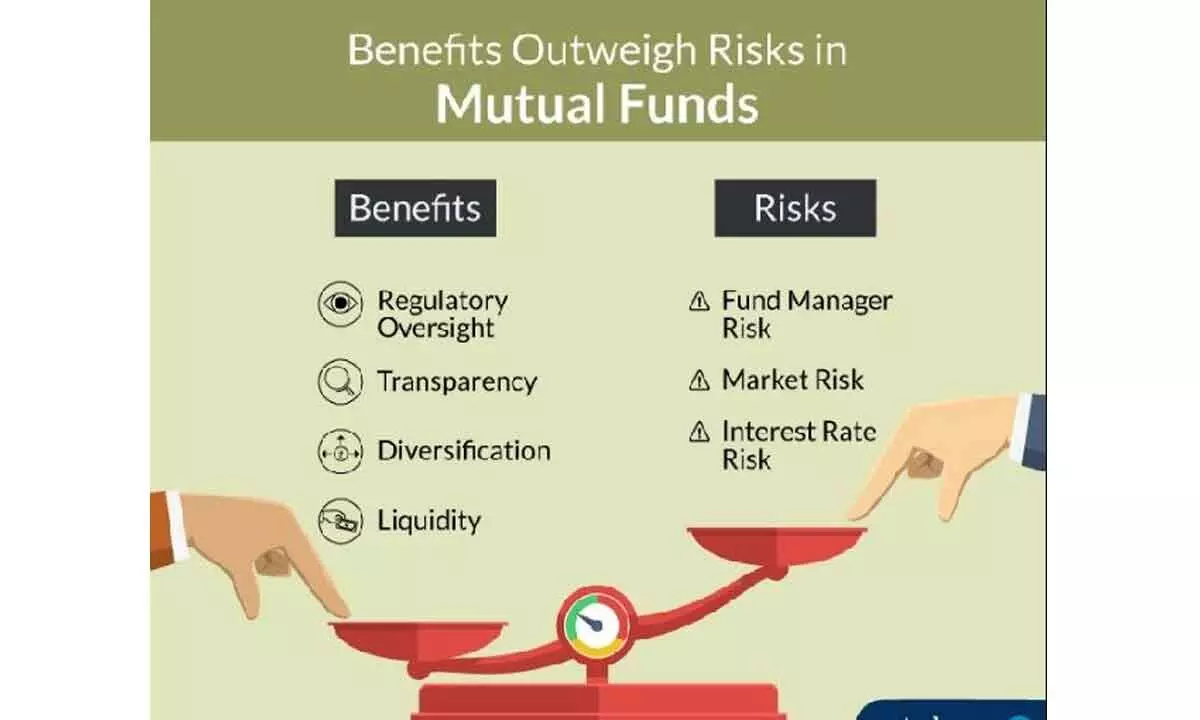Plan your post-retirement life early
Investing in equity instruments can create a sound financial corpus
image for illustrative purpose

The rise of nuclear families, increasing life expectancy, rising healthcare cost and absence of public-funded old-age healthcare has increased financial insecurity among retirees. Another growing concern for retirees or those approaching their retirement is the debt burden arising from education loans availed for their children’s higher education, at least in the initial years of their children’s career. These factors have increased the importance of creating adequate financial corpus for one’s post-retirement life and child’s higher education.
Here are five tips to help you build a corpus:
Estimate your target corpus: While it is tough for parents to predict the career choices of their children, one can still assume two to three career options and estimate a ballpark figure for pursuing those education courses. As higher education in India has witnessed steep inflation over the past two decades and is expected to remain so in the near future, factor in an inflation rate of at least 10% for those courses for the number of years left for your child’s higher education. This would keep you on a safer side while estimating your ward’s higher education corpus. Once you are aware of the required corpus, use online SIP calculators to find out the monthly contribution required for creating the education corpus.
For estimating your retirement corpus, take the help of various retirement calculators available online. Prefer calculators that factor in the inflation rate, expected life span, retirement age, rate of returns for pre- and post-retirement phases and existing investments for post-retirement corpus, among others. Such calculators help in deriving a more realistic figure for the monthly contributions for the retirement corpus.
Start investing early: Starting early for your retirement corpus or your children’s higher education corpus will help you benefit from the power of compounding and also instill financial discipline. The power of compounding allows the gains generated from your investment to generate returns on their own. This helps in creating a bigger corpus over the long term with much lower investment contributions.
For example, assuming an annualized return of 12% p.a., a 30-year old would require a monthly SIP contribution of about Rs 5,800 to build a retirement corpus of Rs two crore by the time he reaches 60 years of age. However, if he starts investing 10 years later in the equity funds assuming the same rate of return, then he would need a monthly SIP contribution of Rs 20,300 to build the same corpus by the age of 60.
Invest in equity funds: While equity as an asset class can be very volatile in the short term, it has mostly outperformed fixed income asset class and inflation by a wide margin over the long term, especially for investment horizons exceeding five years. This makes equities the best asset class to achieve long term financial goals like creating retirement corpus or child’s education corpus. For retail investors, the best equity-related instrument is equity mutual funds. Equity funds offer their investors the key benefits of adequate diversification, investment convenience and professional fund management at a very low cost. Those with taxable income can also invest in ELSS funds, popularly known as tax saving mutual funds, to claim income tax deduction under the Section 80C.
While investing in equity funds, opt for direct plans as they have lower expense ratios than the regular plans. While the difference in the returns generated by direct plans and regular plans may appear to be meagre in the initial years, the difference becomes significant in the long run due to the power of compounding.
Don’t compromise emergency fund: Do not ignore the importance of maintaining an adequate emergency fund while prioritising your retirement corpus or child’s higher education corpus.
An adequate emergency fund, capable of meeting your mandatory monthly expenses for at least six months, would save you from redeeming your retirement corpus or children education corpus during unforeseen financial emergencies or loss of income due to job loss, disability or other health issues.
Review investments periodically: Reviewing the performance of your mutual funds is as crucial as regular investing. After all, even star funds with excellent track-records can become laggards. Thus, compare the returns generated by your existing mutual funds over the past one year with their peer funds and benchmark indices, at least once in a year.
Redeem those that constantly under-perform their peer funds and benchmark indices.
(The writer is co-founder and CEO of Paisabazaar)

